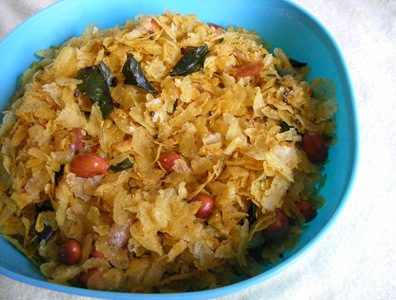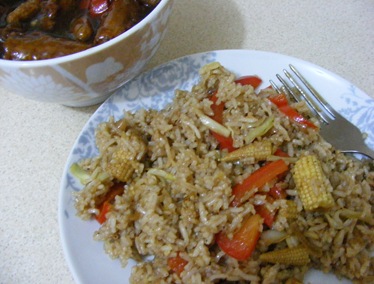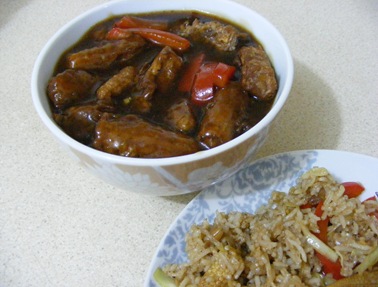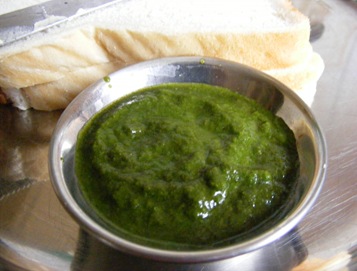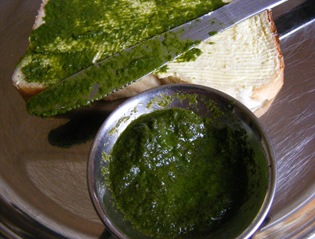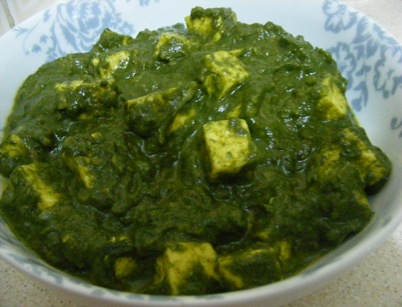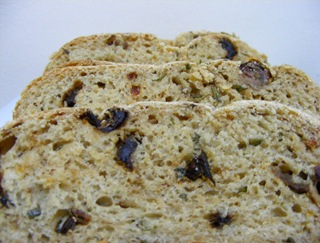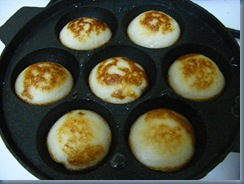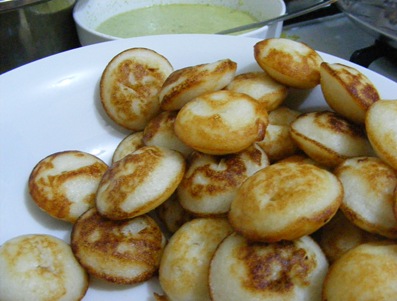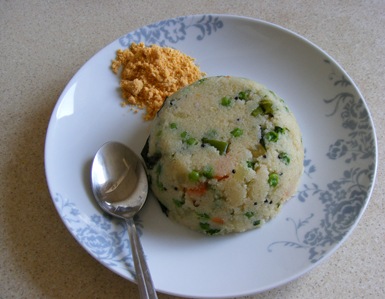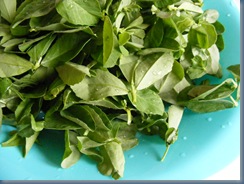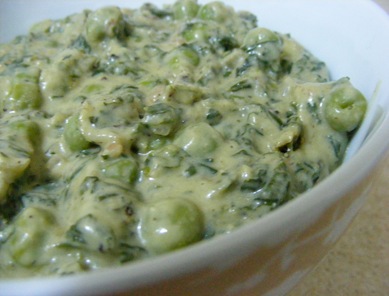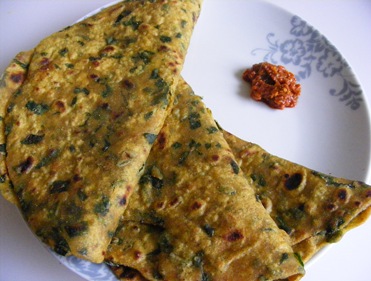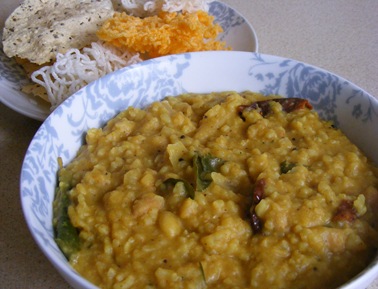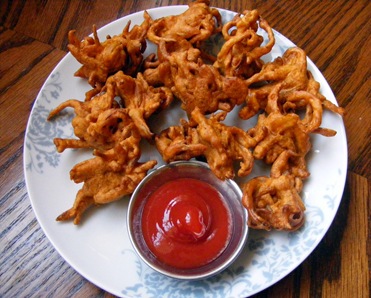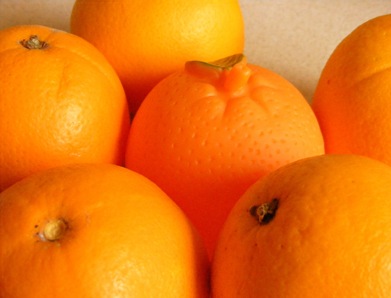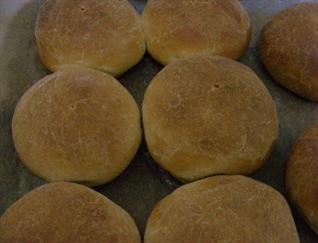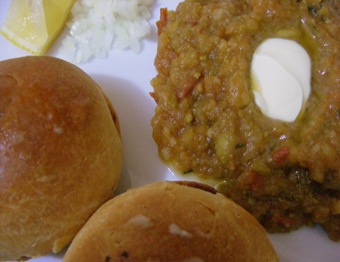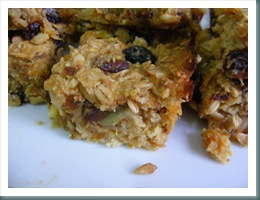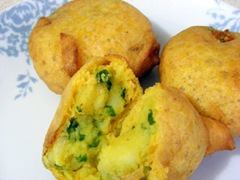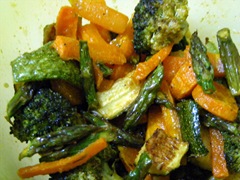I will be taking a break from blogging for a month, as I am off to India tomorrow. While some of you may be muttering " lucky girl!", some of you may be saying "me too!" and some others " I wish I could go too...", I have mixed feelings about going to India this time. I am wary and apprehensive that this trip will bring back sad memories about a personal tragedy which recently took place, those memories which I have been trying hard to cope with and have pushed them far behind only to come back to me now.
At the same time I am happy & excited about a wedding in the family. Also this is our first trip to India since S has become old enough to understand (not completely, but still...) where she is going. It is going to be fun to see her reaction and understand what she feels about things over there.
I am also feeling bad that I will miss being here in London for Christmas. This would have been my fourth in this city and I remember being excited every year. Waiting eagerly to see if it would be a white Christmas every year, checking out the shops for Christmas deals, gawking at the decorated Christmas trees everywhere you go, setting up the tree at home and so on. In spite of all this, when Christmas actually arrives, it brings along with it a sense of sadness. Its a drastic change from the hustle bustle a day earlier to the quiet lonely streets on the all important day. The town centre wears a deserted look, even the otherwise 24 hrs open Food & Wine shops are closed and you either stock up on essentials such as Milk or be very careful about how you use the only 'Can' you have at home!
But then I think of meeting all my dear ones (family & friends), the delicious food (read street food) I will be gorging on and I really don't mind being away during Christmas. See, I already told you that I have mixed feelings about this!
But enough of my ramblings now, let me come to the food part now. Apart from being one of our favourite fast foods here, Pasta is a great routine breaker for us. Although Indian food is the staple for us, we do try out different cuisines and I try to recreate them at home whenever I can. Pasta, mainly with a Tomato based sauce features very frequently. The first time I made it, I searched high & low for a good recipe and found that a single recipe either did not suit my palette or was not simple enough to make. So I took whatever I liked from each of the recipes and created this one.
The tomato sauce resembles the classic Marinara sauce but is still different. I am not a cheese person, although GM loves it. To accommodate both of us I use very little cheese while cooking the sauce/Pasta and then add it for him.
Pasta in a Tomato Sauce
Serves 2
Ingredients
- 200 gm Pasta (Penne, Fusilli or Farfalle)
- 4-5 Vine tomatoes, chopped
- 2-3 cloves garlic, finely chopped
- 2 tblsp Virgin Olive oil
- 3-4 tsps Italian dried mixed herbs (Oregano, Thyme, Basil, Sage, Parsley)
- Salt
- Crushed Black Pepper
- 1 cup grated cheeses (Cheddar, Mozzarella or Red Leicester)
Method:
Heat the olive oil in a pan. Add the chopped garlic and fry taking care not to burn it.
Add the tomatoes when the garlicky smell spreads through the kitchen, before the edges of the garlic start to brown.
Cook on medium flame till the tomatoes are soft. Crush the bigger tomato pieces with the back of the spoon and continue to cook till you get a nice saucy texture.
Add the Italian herbs, salt and black pepper. Mix and cook on low heat with a cover for about 5-7 minutes.
Meanwhile in a large pan, put 8-10 cups of water to boil and add salt to it. Once the water starts to boil, add the Pasta and cook for about 6-8 minutes. The pasta has to be cooked al dente..I know that everyone will tell you this, but it really is very important as otherwise you will end up with a soggy heap of broken/disfigured pasta in the sauce. But at the same time it is important to cook the pasta thoroughly. Please refer to the packet instructions for the exact details about the amount of water and the time for which it is to be boiled.
Once done, drain the pasta and mix a little olive oil and keep aside.
Remove the cover for the sauce and add the cooked pasta and mix well to coat the sauce evenly on the Pasta. Cover again and cook for 3-4 minutes.
Now add 1/2 cup grated cheese. Mix and return to fire with the cover on and cook on low heat for 2-3 min until the cheese melts. Sprinkle the remaining cheese and serve.
This last step can also be done in a conventional oven. Mix the cheese with the pasta and transfer to a baking dish. Sprinkle the remaining cheese on top and bake in a pre heated oven at 180 deg until the cheese melts and starts to brown. Remove from the oven and serve hot.
I sometimes add Baby Corn (blanched & added to the sauce before the pasta), Sweet corn (added along with the pasta to the sauce), pickled Jalapenos (added a minute before serving) or grated Parmesan Cheese (sprinkled on the top while serving) depending on the mood for the day.
I leave you with this Pasta recipe now. I will be back after a month. Until then Happy browsing and if there's anything you would like to tell me about this blog, any suggestions, queries, recipe requests etc, please drop me a line by using the 'Contact me' link on the side bar.
Oh..and Merry Christmas, well in advance!!!







